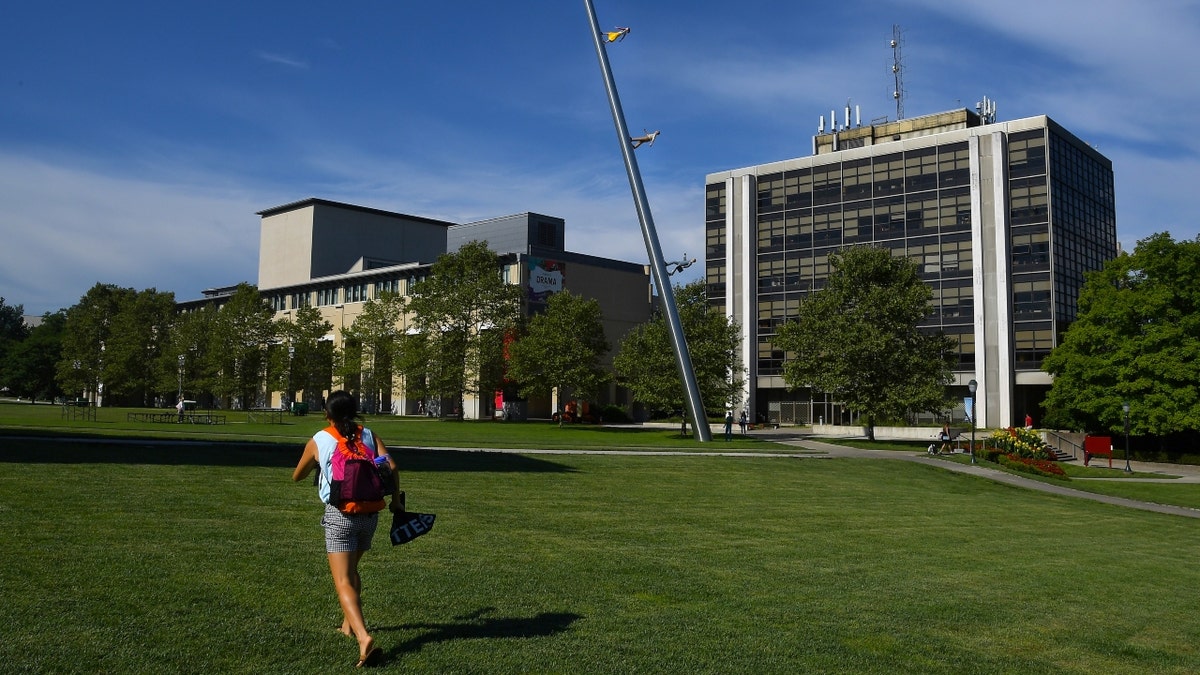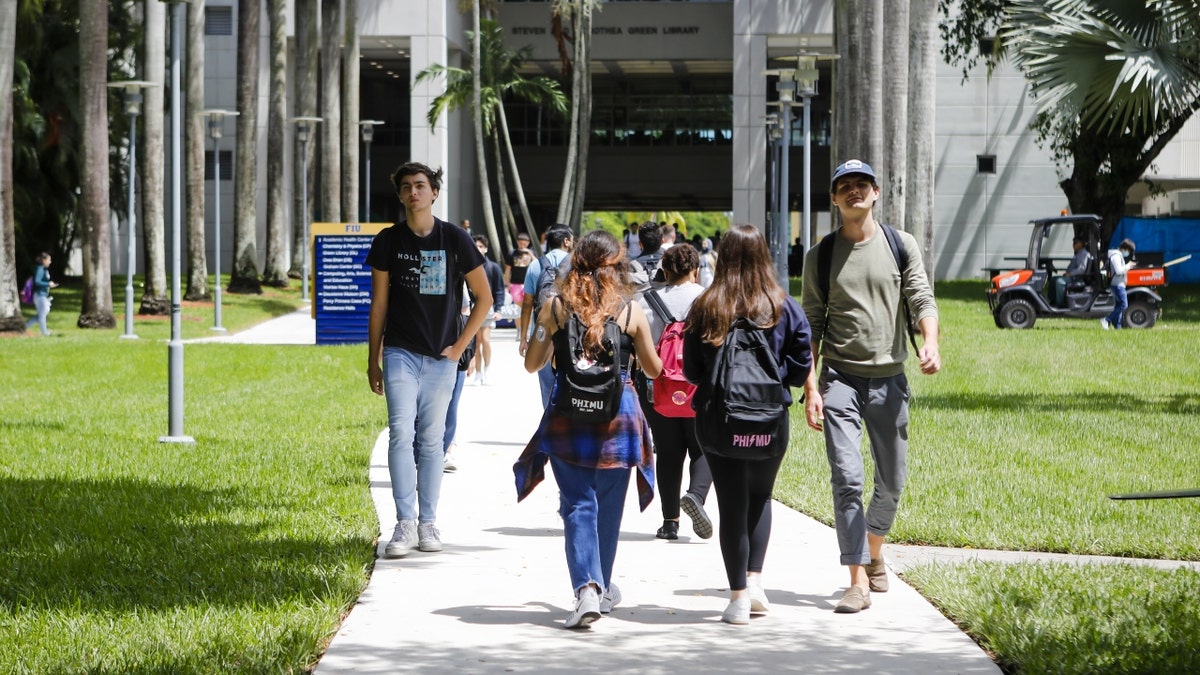'IT'S COMING': Kurt Knutsson warns growing presence of AI in medicine could lead to less-informed doctors
'The CyberGuy' Kurt Knutsson gives a rundown on concerns over using artificial intelligence in the diagnosis and treatment of illnesses and scammers using the software for voice cloning.
Using machine learning methods and available data when patients enter the hospital, researchers have developed a model that predicts strokes with more accuracy than current models.
The team from Carnegie Mellon University, Florida International University and Santa Clara University published their work in the Journal of Medical Internet Research earlier this year.
Examining more than 143,000 hospital visits of patients in Florida acute care hospitals from 2012 to 2014, and social determinants of health data – including the conditions people are born into and live in, and what drives those conditions – from the U.S. Census Bureau’s American Community Survey, the study's authors sought to develop a stroke-prediction algorithm.
Their model incorporated variables routinely collected by health care providers and payers, including basic demographics, the number of chronic conditions and insurance.
CHATGPT FOR HEALTH CARE PROVIDERS: CAN THE AI CHATBOT MAKE THE PROFESSIONALS' JOBS EASIER?

A student walks across The Cut on the campus of Carnegie Mellon University. (Katherine Frey/The Washington Post via Getty Images)
The authors said the model had 84% precision in predicting strokes, outperforming existing scales that miss as many as 30% of strokes.
The authors said use of the model suggests that it is possible to predict the likelihood of a patient’s condition being a stroke at the time of hospital presentation, based on patients’ demographics and social determinants of health available at the time of entry – before obtaining any diagnostic imaging or laboratory test results.
There were some limitations to the study, including that the study was retroactive, that confirming stroke cases relied on International Classification of Diseases codes and did not involve reviewing patients’ records, and the social determinants of health variables available in administrative data.
Furthermore, they cautioned that their algorithm should not be considered as a gold standard for stroke diagnosis, but as a model that complements existing stroke-scoring systems used in hospitals.

Students on campus at the Florida International University (FIU) in Miami, Sept. 9, 2021. (Eva Marie Uzcategui/Bloomberg via Getty Images)
CHATGPT AND HEALTH CARE: COULD THE AI CHATBOT CHANGE THE PATIENT EXPERIENCE?
"Machine learning methods have been used to help detect stroke by interpreting detailed data such as clinical notes and diagnostic imaging results," study co-author Rema Padman, trustees professor of management science and healthcare informatics at Carnegie Mellon's Heinz College, said in a statement. "But such information may not be readily available when patients are initially triaged in hospital emergency departments, especially in rural and underserved communities."
Stroke is among the most dangerous and commonly misdiagnosed medical conditions, with Black and Hispanic people, women, older people on Medicare and those in rural areas less likely to be diagnosed in time for treatment to be effective.

The campus of the Jesuit University of Santa Clara, near San Jose, California. (Nik Wheeler/Corbis via Getty Images)
Diagnosing stroke is often difficult due to the numerous conditions that resemble it.
The Centers for Disease Control and Prevention notes that stroke is a leading cause of death in the U.S., and a major cause of serious disability for adults. It is also preventable and treatable.
CLICK HERE TO GET THE FOX NEWS APP
A stroke occurs when something blocks blood supply to part of the brain or when a blood vessel in the brain bursts. In either case, parts of the brain become damaged or die.
Every 40 seconds, someone in the U.S. has a stroke, and every 3.5 minutes, someone dies of a stroke.
Every year, nearly 800,000 people in the U.S. have a stroke.





















